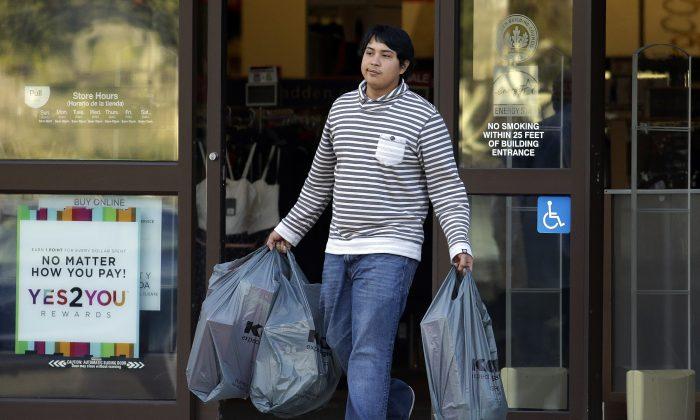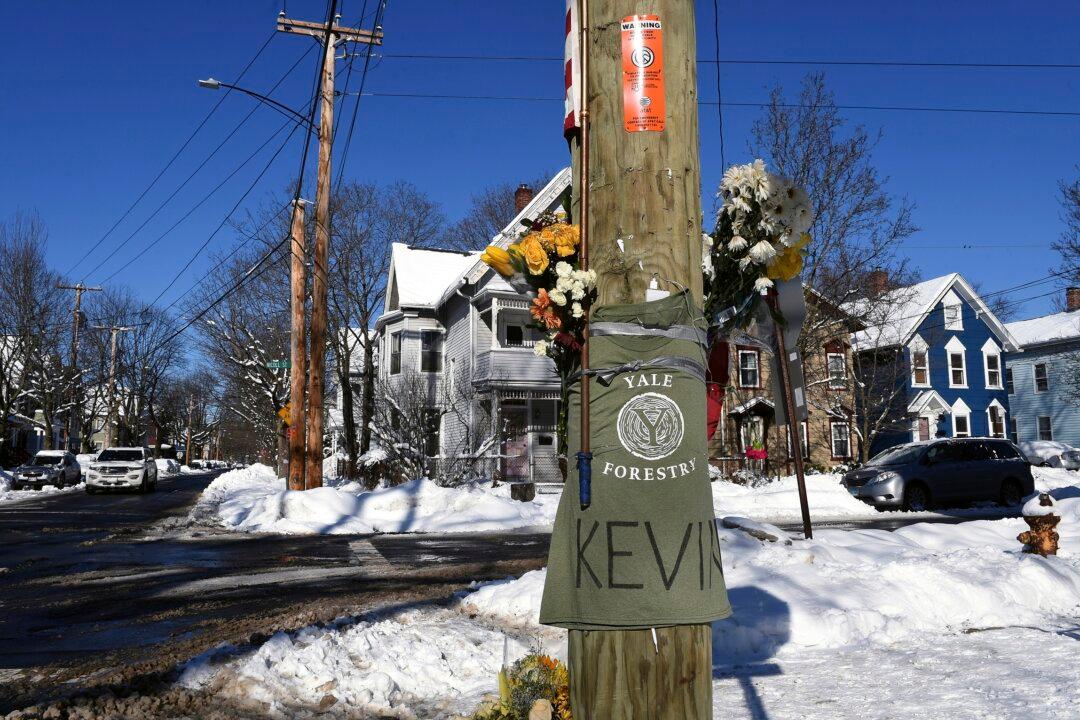WASHINGTON—U.S. consumers boosted their borrowing in November, as higher credit card spending partially offset slower growth in auto and student loans.
Consumer borrowing rose $14 billion in November to a fresh record high of $3.53 trillion, the Federal Reserve said Friday. Economists believe that strong job gains in the labor market will boost consumer confidence and convince households to finance purchases by taking on more debt.
For November, the category that covers credit cards increased $5.7 billion after a much smaller $65 million gain in October.
The category that covers auto loans and student loans rose by $8.3 billion. That was the smallest monthly gain for this category in more than three years.
In its monthly credit report, the Fed does not break down auto loans and student loans in the seasonally adjusted data. However, analysts said they believed the slowdown occurred in student loans given that car sales have been so strong in recent months.
The overall monthly gain of $14 trillion was slightly below the October gain of $15.6 trillion. It was the smallest overall gain since an increase of $10.8 billion last January.






Friends Read Free